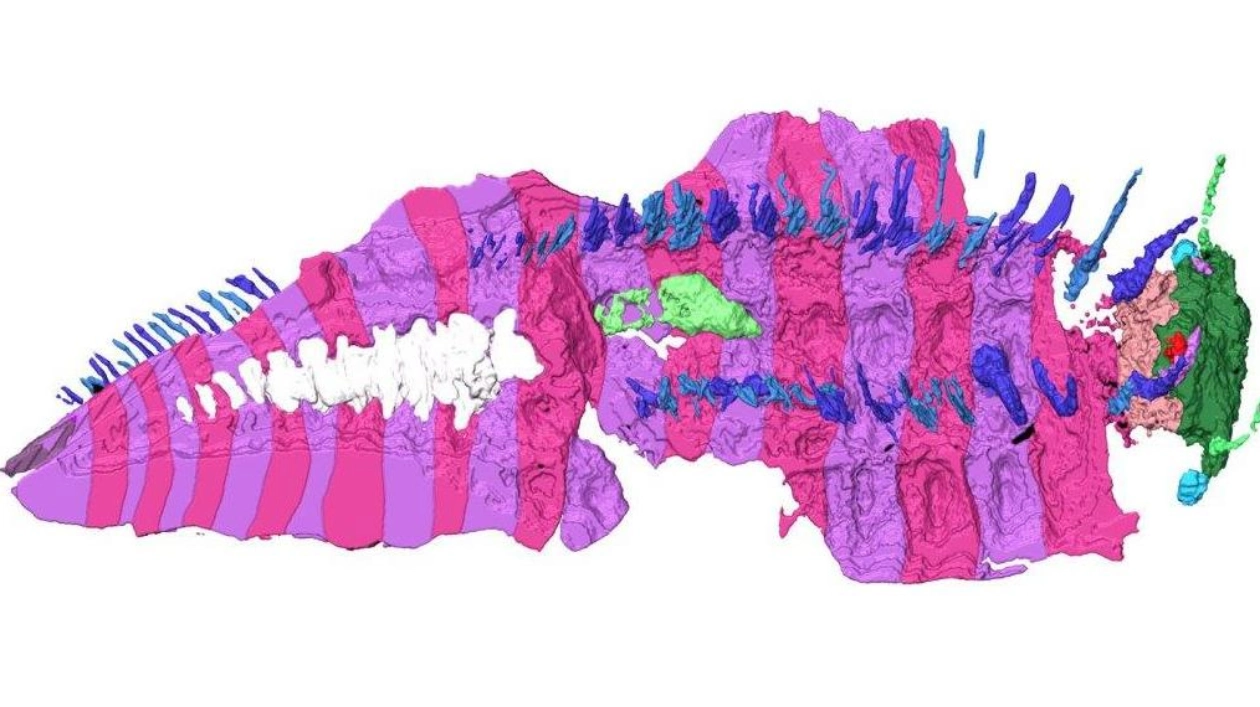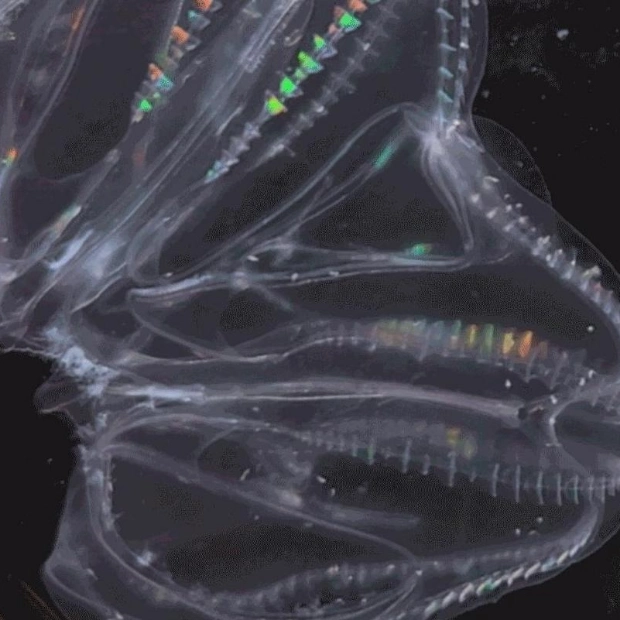Two newly discovered fossils are shedding light on the anatomy of the largest arthropod ever known — a millipede that surpassed the length of a king-sized bed and thrived between 346 million and 290 million years ago. Arthropleura was first discovered in 1854, but until now, no one had ever found a fossil that included its head. “It’s been over 100 years since we began searching for a head. And now, we finally have one,” says Mickaël Lhéritier, a paleontologist at Claude Bernard University Lyon 1 in France.
Micro CT scans of the fossils, unearthed in present-day France, unveil previously unseen details about the giant millipede’s anatomy, including its antennae, eyes, mandibles, and other feeding appendages, Lhéritier and colleagues report on October 9 in Science Advances. Until now, scientists had hypothesized that Arthropleura would have had a head similar to its modern millipede relatives. However, the fossils reveal a more transitional state in the lineage’s evolution, according to Lhéritier.
“Arthropleura has the body of a millipede, with two pairs of legs per segment, but also the head of a centipede,” he explains, highlighting that the mouthparts are particularly centipedelike. Nevertheless, both anatomical observations and phylogenomic data firmly place Arthropleura within the millipede group, Lhéritier’s team asserts.
Although the specimens offer a wealth of information about Arthropleura, many questions remain about this colossal millipede, such as its diet and whether it lived on land, underwater, or both. For instance, the new fossils show that Arthropleura had stalklike eyes, similar to a crab, suggesting a lifestyle that may have involved water, according to Lhéritier.
Lastly, scientists still don’t know if both sexes reached enormous sizes or how long it took juveniles to grow into the full grandeur that made Arthropleura a record-holder. What other discoveries await in the future?






